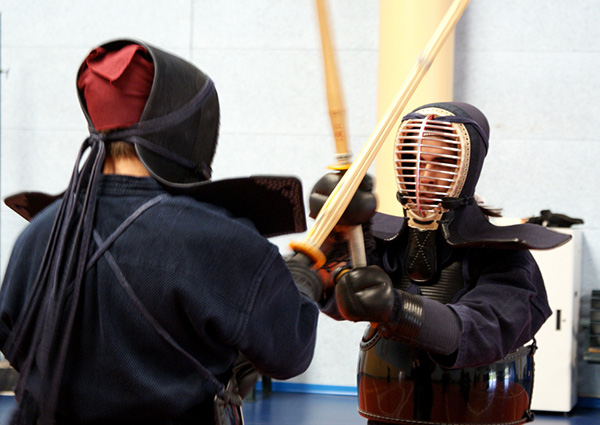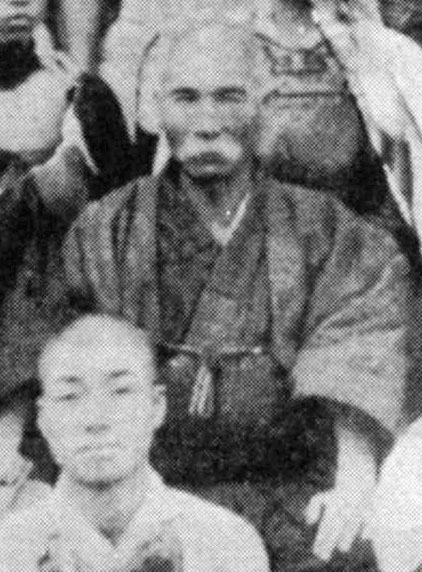|
※Disclaimer: we do not claim to be experts at any of the martial arts we will be exploring on this blog. This information is to be taken as a guide only.
A bit of history
The bow has been in use in Japan for millennia, with some mentions of this particular tool dating back more than two thousand years. With this it can only be expected that this particular weapon was used in warfare. The bow that the warriors were using was and is called 弓(ゆみ, “yumi”).
During the warring period in Japan, the art of the bow or 弓術 (きゅうじゅつ, “kyuujutsu”) became a very important part of Samurai training, using 弓 especially while on a horseback. Much like during any time of any conflict, constant warfare during the warring states in Japan, 弓 and 弓術 saw a rapid development, and at that time numerous schools of archery were established.

As to be expected, when the Portuguese brought matchlock rifles to Japan, the decline of the 弓 began and eventually the newly developed Japanese-style rifles were used in most conflicts in Japan and the bow became obsolete. However during the Edo period when the Tokugawa Shogunate held the power over Japan, the all-out warfare was practically stopped. At this point the Bushi 武士(ぶし) or the warrior class, otherwise referred to as 侍(さむらい), found themselves to be holding more administrative roles in the government and consequently fighting less and less. As a result the practice of archery came to hold more of a ritualistic meaning, slowly integrating the ideas of Zen Buddhism where the inner world of the practitioner was sometimes considered more important than the fact that arrow might not hit the target. Though the views on this differ from school to school.
The development of 弓道 continued uninterrupted until another big step in Japanese history: the Meiji Restoration/Revolution 明治維新(めいじいしん) when the samurai class was banned and as such the number of Martial Arts 武道(ぶどう) practitioners fell significantly. Though according to the International Kyudo Federation, after the establishment of 大日本武徳会 (だいにっぽんぶとくかい)or Greater Japan Martial Virtue Society the practice of 弓道 was encouraged along with other 武道 styles up until the end of WW2.
But shortly after the WW2 the practice of 弓道 was revived and even became a regular extracurricular activity in Japanese schools, alongside with other forms of marital arts.
This brings us to now.

Practice and Equipment
The principals of modern 弓道 are well established and codified and the same can be said about the equipment that is used in the practice.
The bow 弓 (ゆみ)stands way taller than the person wielding it, which makes it one of the longest bows in the world. It is traditionally made out bamboo and requires a lot of maintenance work. Obviously these days the 弓 can be made out of alternative materials. One remarkable thing about using the Japanese bow, is that unlike it`s counterparts from all over the world, the use of the Japanese bow is asymmetrical which means that the arrow is not placed in the middle of the shaft before release, but rather around 1/3 up the shaft from the bottom nock.
The arrow 矢(や). Also traditionally made of bamboo and requires a lot of maintenance work. It is very similar to arrows that most you have seen before.
The glove 弓掛 (ゆがけ). As expected this particular glove is worn by the practitioner in order to make the drawing of the bow string or 弦 (つる)easier and less stressful for the hand of the archer. The gloves are made of tanned hide and held together by glue and stitching. There are three different types of 弓掛: 三掛(みつがけ)、四掛(よつがけ)and 諸掛(もろがけ). These roughly mean three, four and five finger gloves though there are other variations to choose from.
Traditionally, while practicing 弓道 practitioners tend to wear 弓道着 (きゅどうぎ)a white top and black wide trousers called 稽古着 (けいこぎ)and 袴 (はかま)respectively. However, on more formal occasions, they tend to wear 和服 (わふく)a more formal style of traditional Japanese clothing.
Competition 大会
Competitions in 弓道 are very formal and involve a lot of rules regarding etiquette 礼儀 (れいぎ)very similar to the practice of this martial art. However, unlike the everyday practice goals, where the practitioner is not necessarily hitting the target, but rather working towards achieving the state of oneness with the arrow and the bow. During the competition it is the fact that they hit the target that counts, very similar to archery competitions around the world.

Words Used in this Article
弓道 (きゅうどう)→Japanese archery
弓(ゆみ.)→Bow
矢(や)→Arrow
弦 (つる)→Bow String
弓掛 (ゆがけ)→The Glove
弓術 (きゅうじゅつ)→The art of the Bow
江戸時代(えどじだい)→Edo Period
徳川時代(とくがわじだい)→Tokugawa Shogunate
武士(ぶし)→Bushi (warrior)
侍(さむらい)→Samurai
明治維新(めいじいしん)→Meiji Restoration/Revolution
武道(ぶどう)→Martial Arts
大日本武徳会(だいにっぽんとくかい)→Organization to promote martial arts.
弓道着 (きゅどうぎ)→Clothing worn during Kyudo practice
稽古着 (けいこぎ)→Practice Clothing
袴 (はかま)→Wide Trousers
和服 (わふく)→Traditional Japanese clothing
For more information check the International Kyudo Federation Web page


